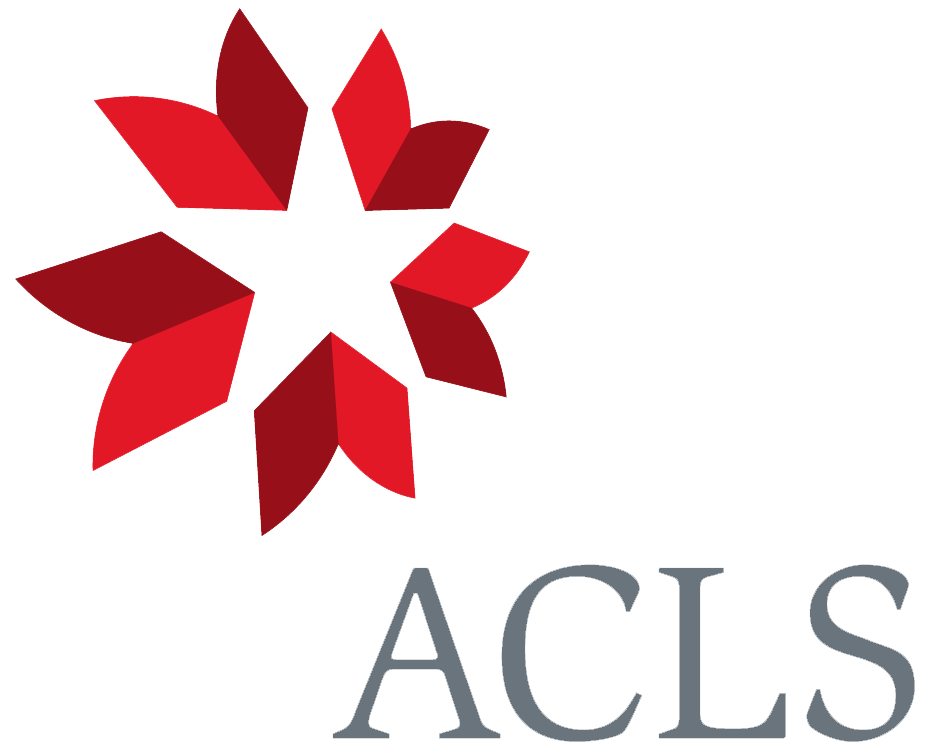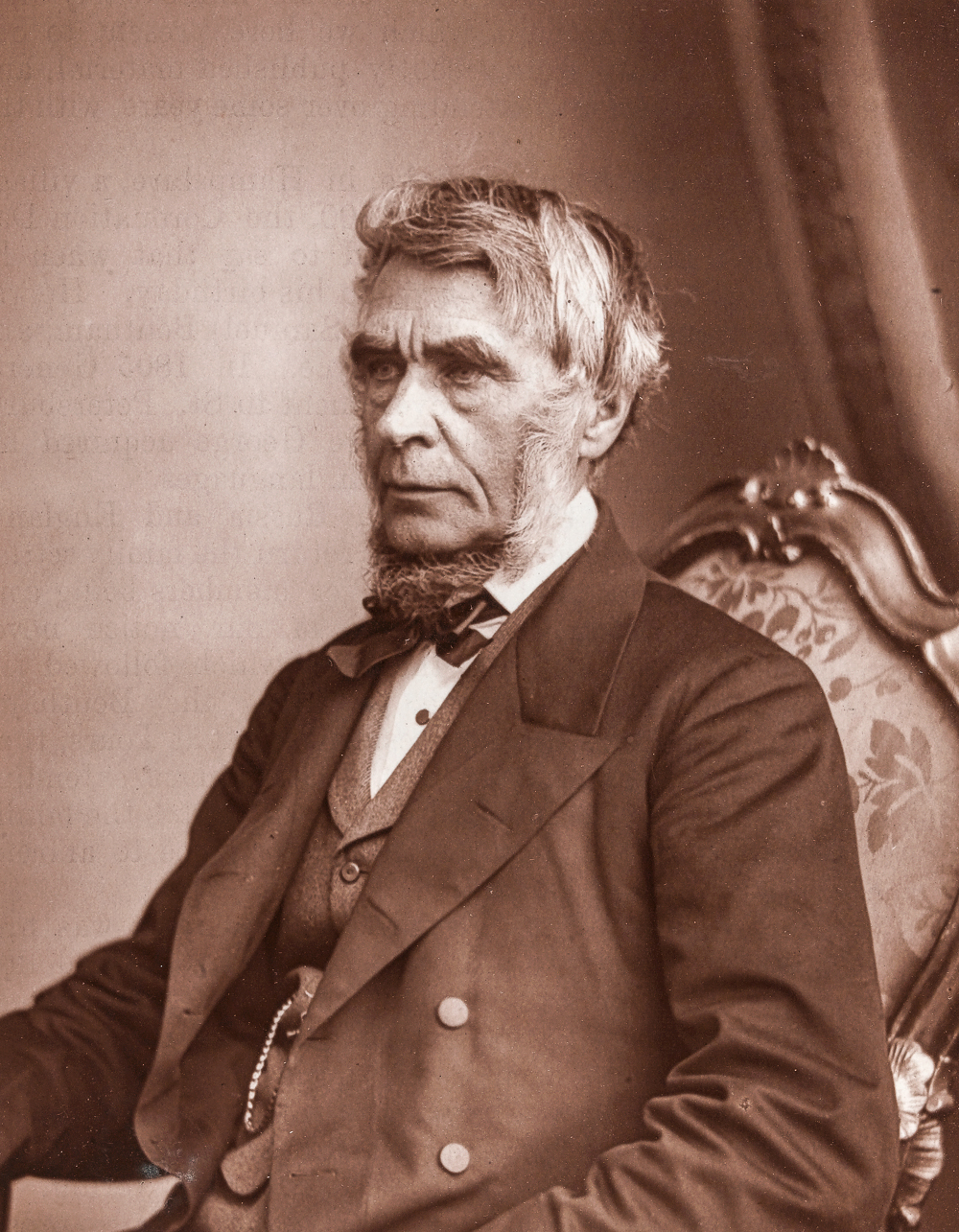Responds to CD's queries on Sierra Leone: fertility of European animals introduced to W. Africa, relationship of health and complexion of Europeans, etc.
Discusses the direction of WED's studies.
Tells of the response to the Origin and the impact that it has made in England and abroad.
Gives observations on the habits of the "agricultural ant" of Texas.
Has received Chauncey Wright's article.
Reports on favourable response to AG's pamphlet.
Huxley and CD fear Chauncey Wright's review is too general.
Reports the praise for AG's pamphlet.
J. S. Henslow is dying.
Francis Bowen strikes CD as weak and unobservant; presumes he is a metaphysician, which accounts for his "entire want of common sense".
Does wild Apocynum catch flies in U. S.?
AG's review of John Phillips' book [Life on earth (1860), in Am. J. Sci. 2d ser. 31 (1861): 444-9].
Thinks his experiments will explain Primula dimorphism.
Insect fertilisation of orchids.
Wishes that the "greatest curse on Earth", slavery, were abolished.
Is writing his paper on orchids.
Is surprised that AG gets little or no response with Drosera.
Describes the two forms of Primula and asks whether AG knows any analogous cases of dimorphism.
Reports that John Stuart Mill approves of CD's scientific method.
Discusses American politics.
U. S. politics and relations with England.
Wants examples of dimorphism similar to Primula.
Structure and function of Spiranthes flower.
Observations and experiments on Drosera.
CD's views on design.
Discusses observations of his own and of John Torrey on dimorphism, especially in Amsinckia.
Is trying to find specimens of Houstonia for CD.
Discusses the worsening relations between their two countries and the possibility of war.
Expects Orchids and his Primula paper [Collected papers 2: 45-63] to be out soon.
Thanks AG for some facts on dimorphism.
George Bentham has given him a list of Oxalis and Mentha species that are dimorphic like Primula.
Is in a "thick mud" regarding design in nature.
Darwin Correspondence Project
darwin@lib.cam.ac.uk
© University of Cambridge 2022
Website by Surface Impression



© 2024 University of Cambridge
